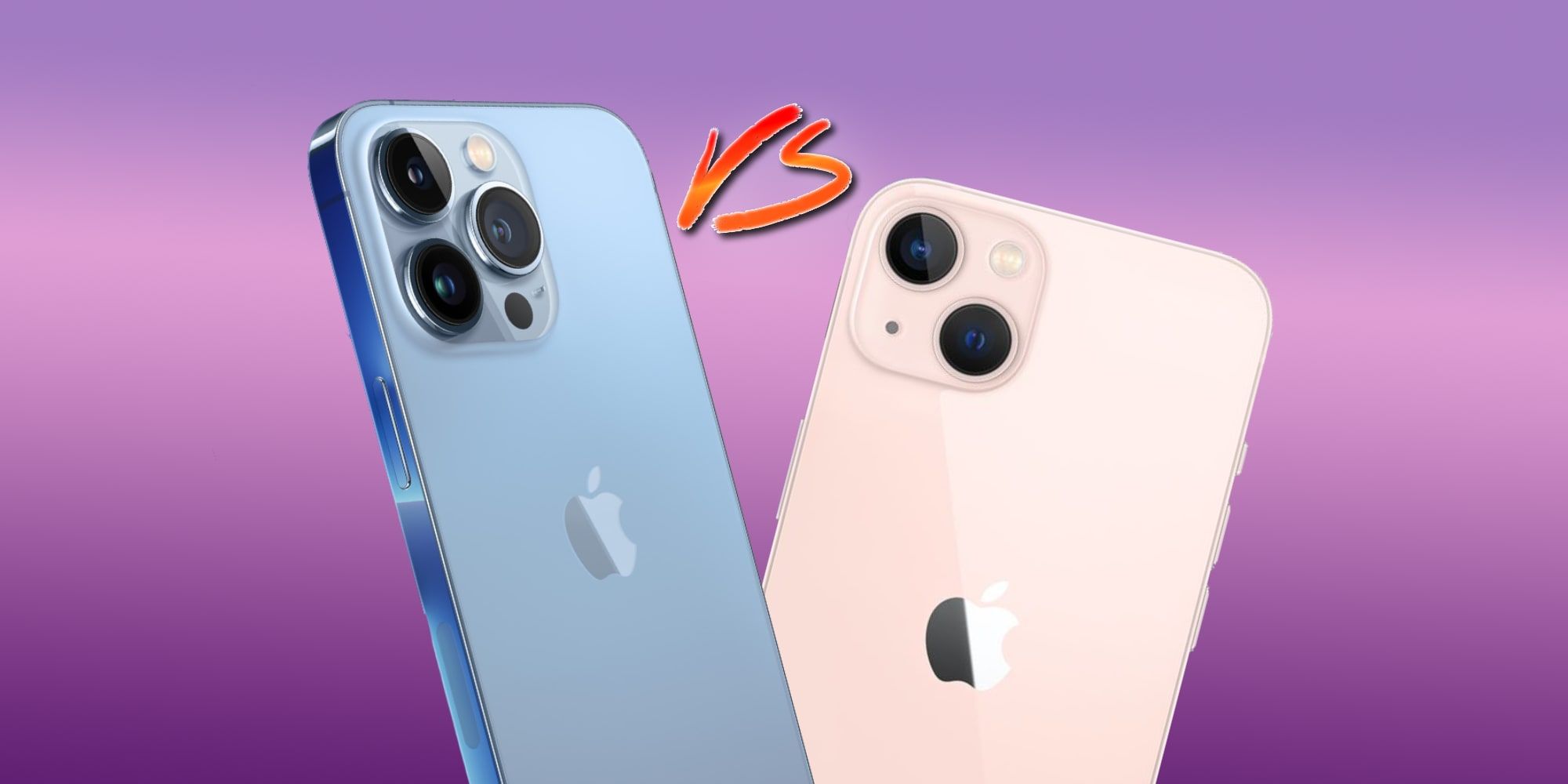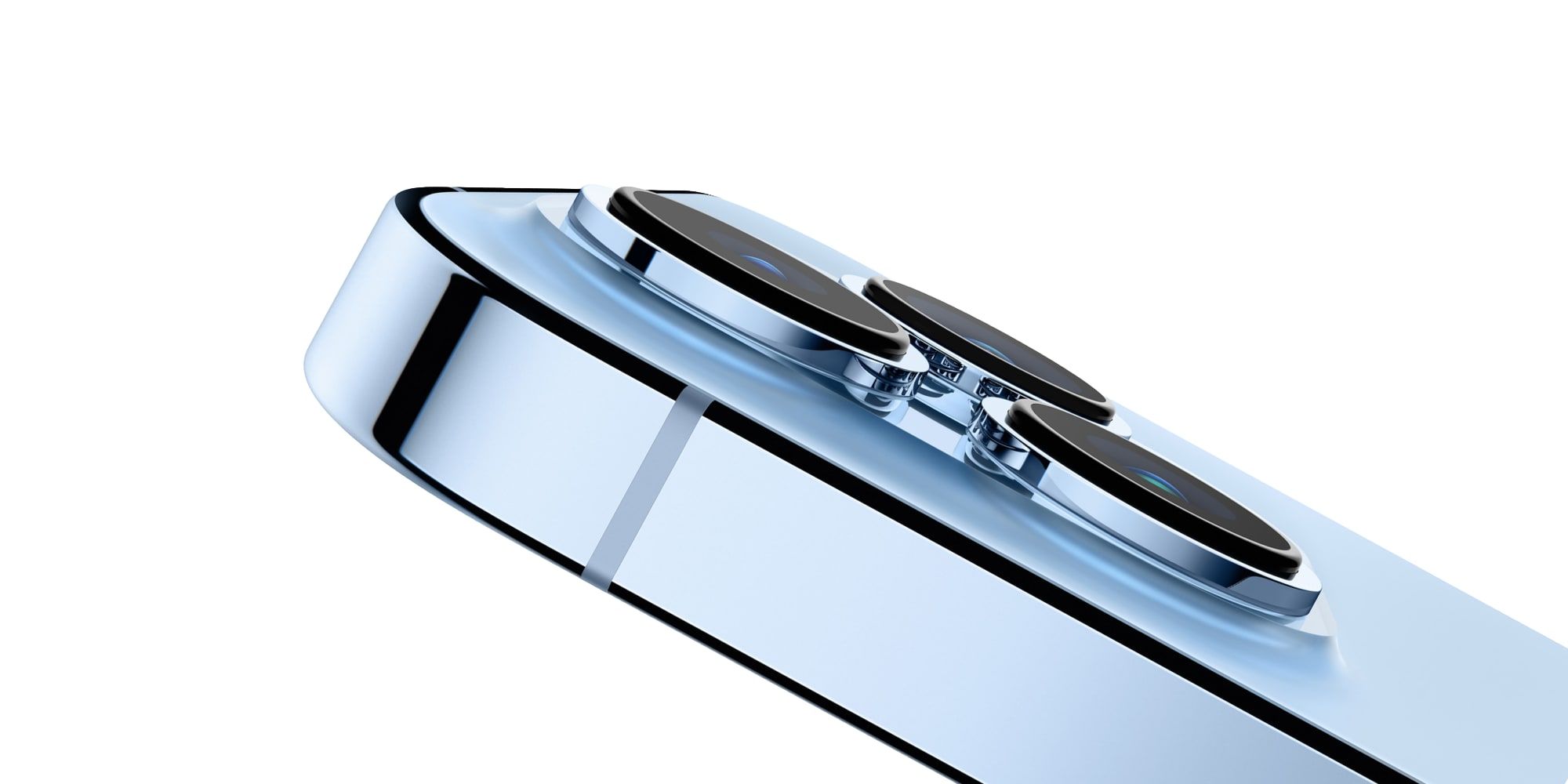Apple recently released the iPhone 13 and 13 Pro which are the same size but differ in price by $200. The Pro model offers another camera and other exclusive features that interested shoppers will want to check out to help decide which model best matches their needs and budget. A total of four models were announced and these two phones fall in the middle, both in terms of dimensions and cost.
Every one of the new iPhone 13 models includes Apple's tough Ceramic Shield that protects the screen, while IP68 dust and water resistance add more durability so the phone should survive accidental drops and dunks without worry. Battery life is improved and the super-fast A15 processor offers the new Cinematic Video capability that makes it easy to add dramatic focus changes from the foreground subject to the background with a tap. Deep fusion sharpens details and Night mode allows good quality low-light photography. Bright screens and better cameras are found on every model as well.
Two of the four models that Apple offers have the same 6.1-inch screen size, the iPhone 13 and 13 Pro. The Pro model has extra features but costs $200 more at $999. The most apparent difference is the third rear camera. The iPhone 13 Pro includes a three times zoom lens while the standard model only has a wide and ultra-wide option. That isn't terribly significant, however, the short telephoto alters perspective in a subtle way that is sometimes quite pleasing and can't easily be achieved with software. Apple's iPhone 13 Pro also has a ProMotion display technology, similar to that of the iPad Pro, allowing the screen's refresh rate to dynamically adjust between 10 and 120 hertz depending on what is displayed. A higher rate provides smooth scrolling and animation, while a lower refresh cycle extends battery life and keeps the device cool.
iPhone 13 Pro's Processing Advantage
The iPhone 13 Pro features more advanced camera hardware than the standard iPhone 13. The main camera has larger pixels and a wider aperture, catching a greater amount of light and resulting in a brighter photo in dim conditions that is sharper and less likely to suffer from motion blur. The same is true of the ultra-wide camera, which has a larger maximum aperture to allow more light to enter the lens, a critical aspect of photography. Apple's more expensive mid-range iPhone also includes a LiDAR scanner. While that might sound a bit obscure and technical, it allows sharper low-light photos since it measures distance rapidly and accurately. Portrait blurred photos can be taken in low light because the LiDAR Scanner doesn't need light to capture depth data.
Both iPhone 13 models have great cameras but the Pro is better. The more expensive model has an enhanced Apple A15 processor with extra graphics processing power that allows recording video in a low compression format. Photos can be taken in ProRAW, which offers similar advantages for refining the fine details of video and images when a particularly important moment is captured. The Pro model also has a 1 terabyte option available for storage, something that becomes important when using these formats that require more space than standard photos and videos.
Apple's iPhone 13 offers good value and surpasses the iPhone 12 in almost every way but, for only $200 more, a much better screen, more powerful processor, and all-around better cameras are available. Overall, the iPhone 13 Pro is the better option when choosing between the two 6.1-inch smartphones.
Source: Apple


